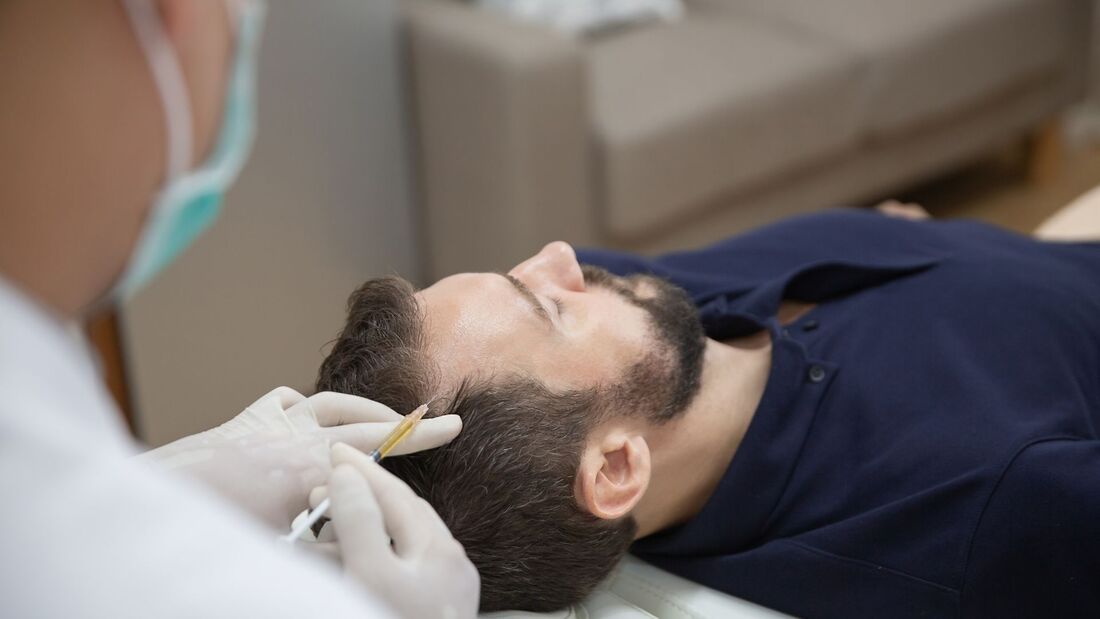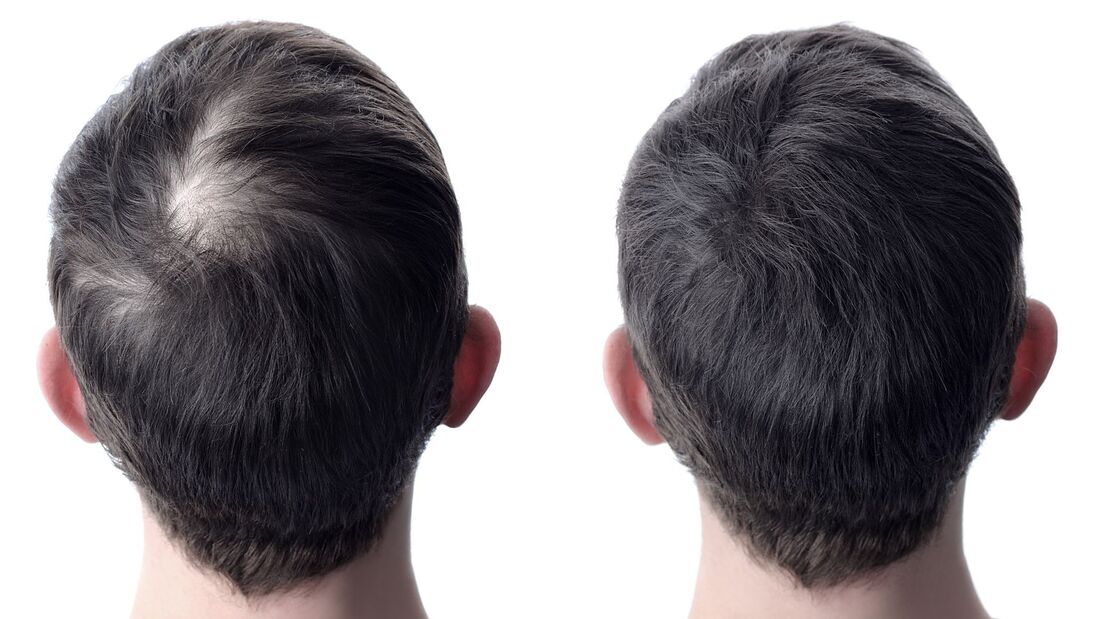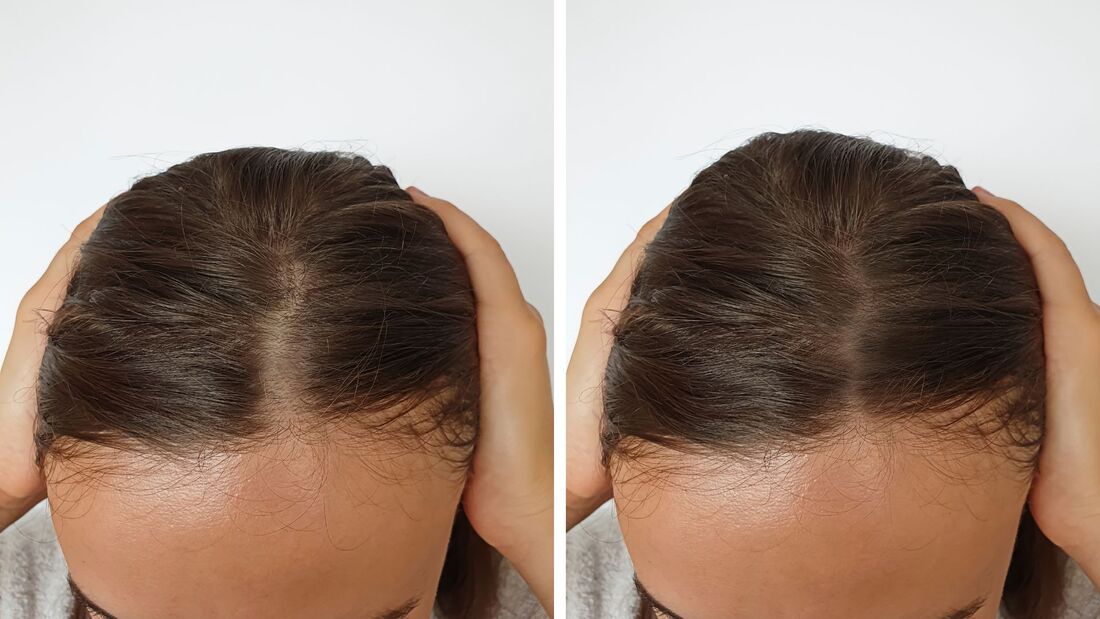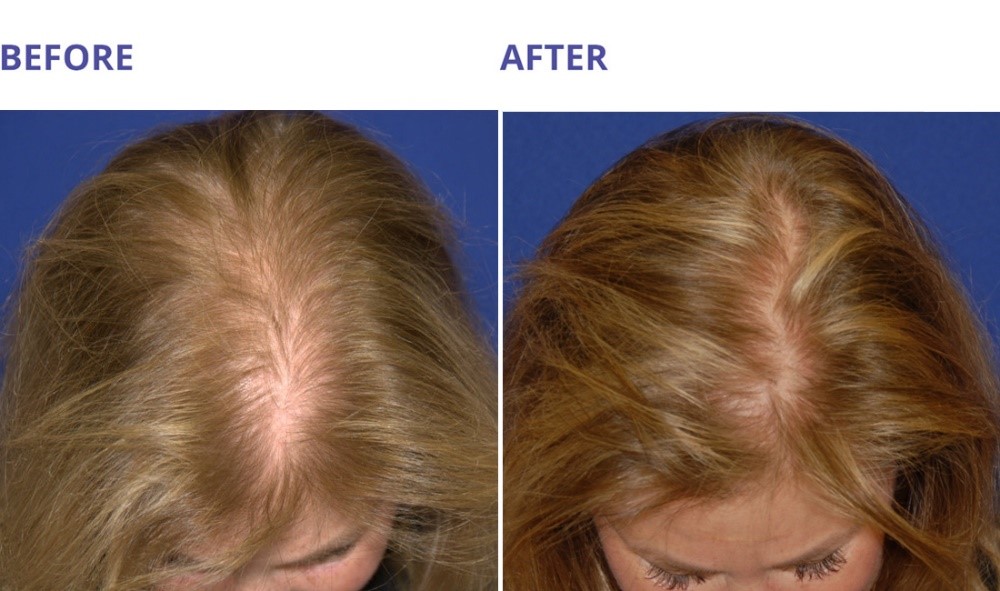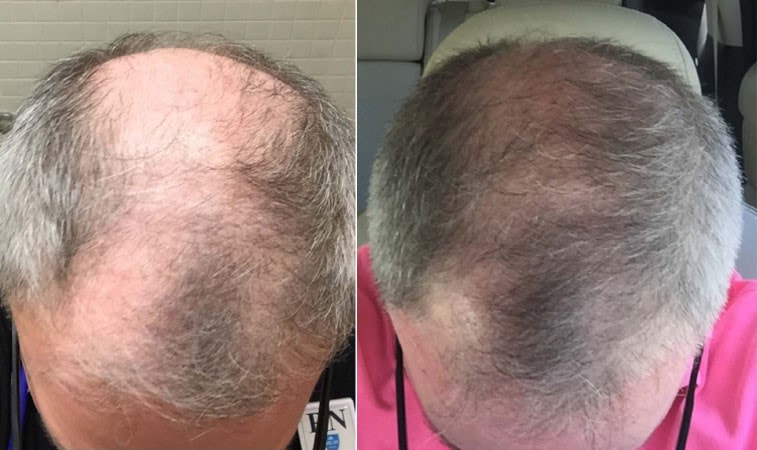Experience Advanced PRP Hair Restoration at Dr. Ali, MD - Health and Wellness Center
|
Embark on a journey to reclaim your hair health and restore confidence with our advanced PRP Hair Restoration treatments. At Dr. Ali, MD - Health and Wellness Center, we're committed to providing the most effective, non-surgical solutions to hair loss in San Clemente and Lake Forest, CA.
Unveil the Power of PRP for Hair Health Platelet-rich plasma (PRP) therapy is a non-invasive technique that utilizes the body's regenerative powers to stimulate hair growth. It is an ideal option for individuals suffering from hair thinning and loss, seeking a natural yet effective solution. PRP Hair Restoration: How it Works The PRP process involves extracting a small blood sample, which is then centrifuged to isolate the platelet-rich plasma. This plasma, rich in growth factors, is reintroduced into the scalp, igniting natural hair growth by rejuvenating the hair follicles. |
|
Why Choose Dr. Ali, MD, for PRP Hair Restoration
As a distinguished Health and Wellness center in San Clemente and Lake Forest, we offer an integrative approach to health and wellness. With his extensive medical experience, Dr. Ali, MD guides each patient through the journey, ensuring safe and efficient treatment.
The Benefits of PRP Hair Restoration
PRP Hair Restoration offers a variety of benefits:
Start Your Hair Restoration Journey Today
Don't let hair loss keep you from feeling your best. Discover the possibilities with PRP Hair Restoration at Dr. Ali, MD - Health and Wellness Center.
As a distinguished Health and Wellness center in San Clemente and Lake Forest, we offer an integrative approach to health and wellness. With his extensive medical experience, Dr. Ali, MD guides each patient through the journey, ensuring safe and efficient treatment.
The Benefits of PRP Hair Restoration
PRP Hair Restoration offers a variety of benefits:
- Natural Hair Growth: The procedure harnesses the power of your body's regenerative capabilities, encouraging natural hair growth.
- Safety and Minimal Discomfort: As a non-surgical procedure with a quick recovery, you can enjoy peace of mind and minimal discomfort.
- Effective for Both Men and Women: Whether you're a man or woman experiencing hair loss, PRP Hair Restoration can provide a beneficial solution.
Start Your Hair Restoration Journey Today
Don't let hair loss keep you from feeling your best. Discover the possibilities with PRP Hair Restoration at Dr. Ali, MD - Health and Wellness Center.
FAQs:
Q1: How many sessions of PRP Hair Restoration will I need?
The number of sessions varies from individual to individual, based on the extent of hair loss. Typically, patients start seeing improvement after three to four sessions.
Q2: Is PRP Hair Restoration painful?
While the treatment might cause minor discomfort, a local anesthetic ensures the process is as comfortable as possible.
Q3: What is the recovery time for PRP Hair Restoration?
The minimally invasive procedure allows most patients to return to their normal activities immediately.
Q4: Is PRP Hair Restoration suitable for everyone?
Most individuals experiencing hair thinning or loss are suitable candidates for PRP. However, a consultation with Dr. Ali is necessary to evaluate individual suitability.
Q5: What makes Dr. Ali, MD - Health and Wellness Center different?
Our center offers a comprehensive and personalized approach to health and wellness. Dr. Ali, MD, is dedicated to providing exceptional patient care, ensuring every patient feels supported throughout their journey.
Let the PRP Hair Restoration at Dr. Ali, MD - Health and Wellness Center guide you towards a future of renewed confidence and hair health.
Schedule a consultation today and begin your journey towards a better you.
Q1: How many sessions of PRP Hair Restoration will I need?
The number of sessions varies from individual to individual, based on the extent of hair loss. Typically, patients start seeing improvement after three to four sessions.
Q2: Is PRP Hair Restoration painful?
While the treatment might cause minor discomfort, a local anesthetic ensures the process is as comfortable as possible.
Q3: What is the recovery time for PRP Hair Restoration?
The minimally invasive procedure allows most patients to return to their normal activities immediately.
Q4: Is PRP Hair Restoration suitable for everyone?
Most individuals experiencing hair thinning or loss are suitable candidates for PRP. However, a consultation with Dr. Ali is necessary to evaluate individual suitability.
Q5: What makes Dr. Ali, MD - Health and Wellness Center different?
Our center offers a comprehensive and personalized approach to health and wellness. Dr. Ali, MD, is dedicated to providing exceptional patient care, ensuring every patient feels supported throughout their journey.
Let the PRP Hair Restoration at Dr. Ali, MD - Health and Wellness Center guide you towards a future of renewed confidence and hair health.
Schedule a consultation today and begin your journey towards a better you.

